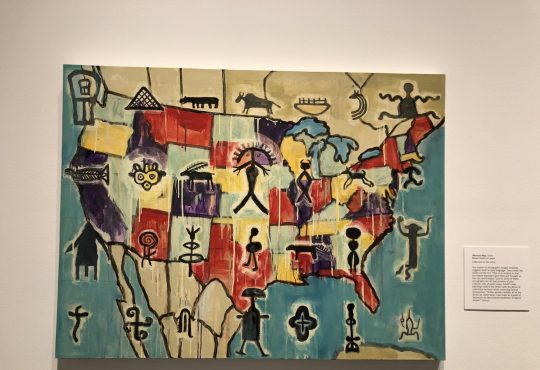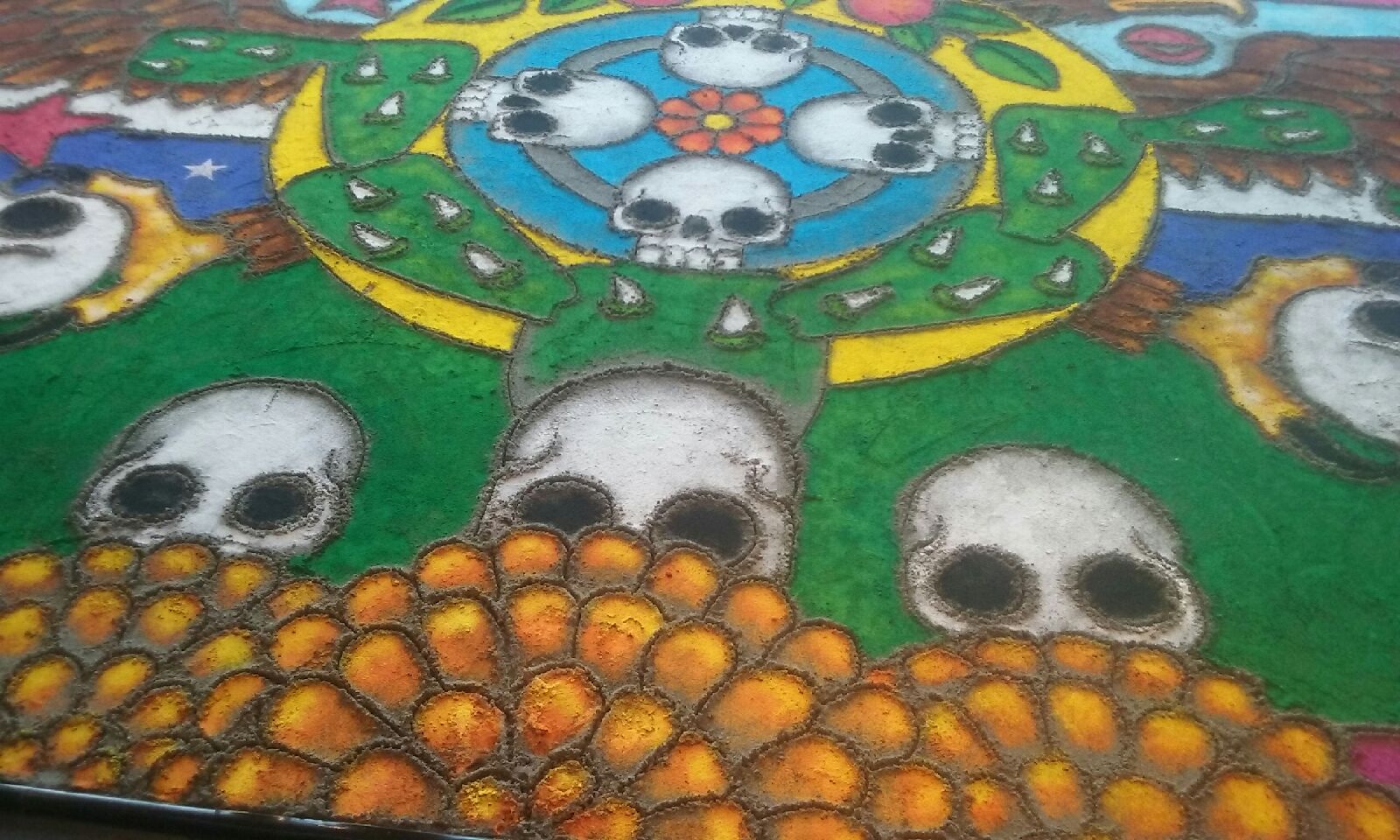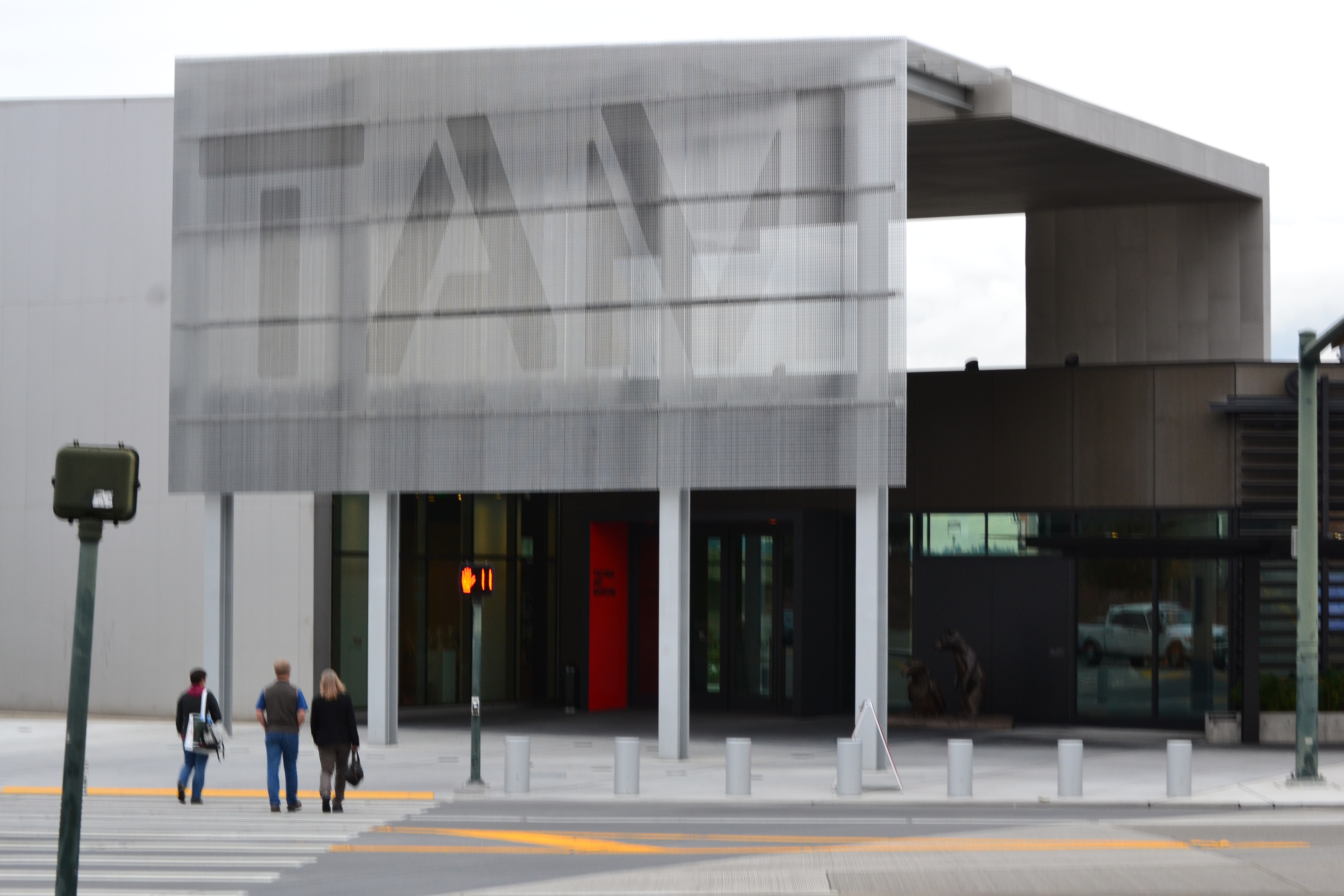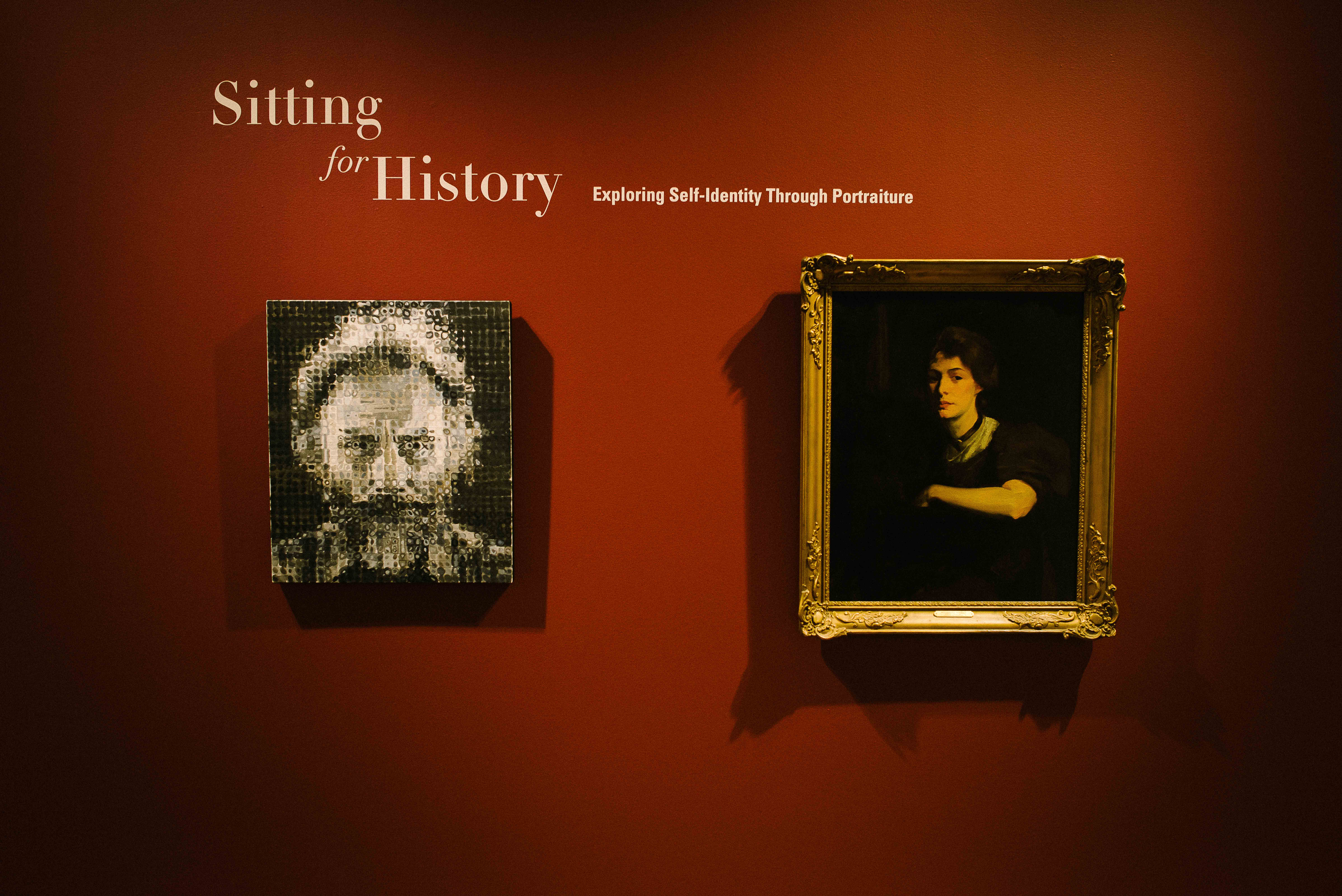Collaborating in the name of the arts and sciences, The University of Puget Sound and Tacoma Art Museum presented the “Art + Science Salon,” the museum’s free-admission event to support the Tacoma Artwalk.
Scientist Siddharth Ramakrishnan, who works in the department of Neuroscience at our University, put together a series of presentations by local artists and scientists who integrate both subjects into their work and lives. Hoping to gain “more collaborations from both artists and scientists” from the event, Ramakrishnan was amazed to see the large turnout, surprised by the city of Tacoma’s interest in the interconnection of the two fields.
Ten presenters went up to speak, Pecha Kucha style, which is a quick series of short presentations that encourage the blending of ideas.
Starting off the presentations and introducing the events, Ramakrishnan opened up with a comical picture of a lab rat posing as the main subject of Leonardo Da Vinci’s “Vitruvian Man.” In this picture he described the connection in art as a subject that involves experimentation and intricacy, much like science does.
Next in the lineup was Holly Senn, who is known for her beautiful installations and art seen in galleries and libraries in Oregon and Washington. Using discarded library books as the main material, she creates stunning sculptures like wasp nests and chestnut pods and creates “organisms with visual recycling,” also explaining her art as a “a form of investigation” in everyday realizations.
Freshmen Blake Hessel liked Senn’s art because “she seems to be working on multiple levels of symbolism in the message behind her sculptures.”
Sculptor Amy Hamblin creates detailed, large-scale sculptures inspired by anatomic imagery. In a strategic explosion of red and maroon wires, Hamblin presented a picture to the audience of one of her installations called “Mitochondria,” which resembles the organelles of cells. This artist is inspired by “the design and structure” of objects found within our bodies.
Art major Gabby Hall “loved the combination of art and science in her work” and also enjoyed the “natural presentation of the body parts, along with her artistic interpretation.”
Our school’s beloved Biology professor, Mark Martin, also gave a small presentation and talked about the interconnected presence of art and science within his classroom. In his presentation, Martin demonstrated his deep love for a few of his favorite biological organisms in pictures and in comical art. He showed that art can be used to help his students better understand the concepts of his science.
Artist Maria Jost makes ink collage prints with the idea that art should make you think. In her print of two dandelions, she posed six multiple-choice answers underneath, for the viewer to decide what the piece of art represents. Answers like “a) an appreciation for the plant cycle, b) the prominence of the plant in both medicinal and edible fields, or e) a topic not listed above.” Her work explores scientific inquiry in works of art and the logic behind life.
The “Art + Science Salon” was one of the many free events the Tacoma Art Museum holds every third Thursday of the month during extended hours from 5 p.m. to 8 p.m. in order to promote interest in art within the Tacoma community. Exhibits that feature the best of Northwest artists, incredible glass works, and a towering dog sculpture are also available for visitors to look at during these hours.




